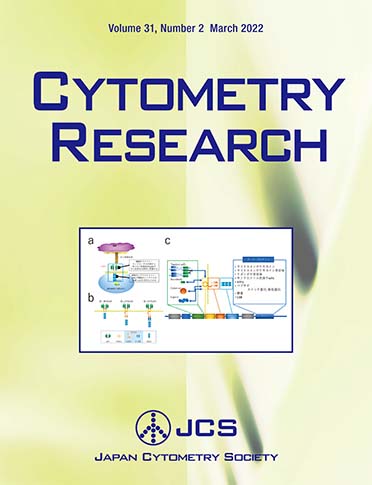Volume 31, Issue 2
Displaying 1-5 of 5 articles from this issue
- |<
- <
- 1
- >
- >|
invited review
-
Article type: invited review
2022 Volume 31 Issue 2 Pages 1-6
Published: March 16, 2022
Released on J-STAGE: March 16, 2022
Download PDF (1604K) -
Article type: invited review
2022 Volume 31 Issue 2 Pages 7-13
Published: March 16, 2022
Released on J-STAGE: March 16, 2022
Download PDF (3720K)
case report
-
Article type: case-report
2022 Volume 31 Issue 2 Pages 15-19
Published: March 16, 2022
Released on J-STAGE: March 16, 2022
Download PDF (8081K)
invited lecture
-
Article type: Invited lecture
2022 Volume 31 Issue 2 Pages 21-27
Published: March 16, 2022
Released on J-STAGE: March 16, 2022
Download PDF (1423K)
meeting report
-
Article type: meeting report
2022 Volume 31 Issue 2 Pages 29-33
Published: March 16, 2022
Released on J-STAGE: March 16, 2022
Download PDF (1573K)
- |<
- <
- 1
- >
- >|
